Abaqus composite modeling tutorial
Composite materials are among the most widely used materials in various industrial, aerospace and automotive industries. These days, due to their low weight and high strength, these materials are very popular and are becoming more and more popular. These materials are made up of two or more components and differ in different ways in terms of type and composition. The methods of modeling these materials are in two ways: micro and macro, which vary according to the type of material selected and how they are used. According to the choice of modeling method and composite type, the equations governing the composite material are determined. Abaqus composite modeling, and Abaqus composite analysis or Abaqus composite layup are discussed here in this package based on micro and macro methods.
This training package provides comprehensive information on the points mentioned and the prerequisites for professional composite modeling in ABAQUS software in accordance with subsequent packages.
Workshop 1: Woven composite modeling in Abaqus
woven composites are net-shaped composite structures that are fully interconnected by their yarns. Like a piece of cloth, the yarns are weaved together as warp and weft to create a 3D composite structure. In this workshop, the woven composite is created by a software called TexGen. After exporting the Abaqus file from it, the woven model will be imported into the Abaqus. The material properties and boundary conditions will be defined, and the analysis type will be Explicit. In the end, the results will be discussed.
workshop 2: Unidirectional multilayered composite plate
Workshop 3: RVE modeling
In this workshop, first, we model a simple RVE in the Part module. The RVE stands for representative volume element, which means the smallest volume that could represent the whole volume properties. With this method, you can simulate the smallest portion of the model instead of the whole model. Next, we define the material properties of the matrix and fibers. The matrix has elastic and plastic behavior, while the fibers have only elastic behavior. In this Abaqus composite modeling, we assume that the matrix and the fibers won’t be separated from each other; in other words, the applied force on the model is not that much to fail the model or make the matrix and fibers separated. The analysis type is Static, and after defining boundary conditions and meshing the model, the simulation will be submitted.
See this Course: “Advanced Machining Techniques for Ceramic Matrix Composites: Grinding Processes and Material Behavior”
In macro modeling, instead of separately modeling the components of the composite, the results of the laboratory as well as the existing theories suggest that the properties of the composite are introduced to the ABAQUS software in various ways.
It would be useful to see Abaqus Documentation to understand how it would be hard to start an Abaqus simulation without any Abaqus tutorial. If you are working on Abaqus composite damage and need some resources about composite FEM simulation, click on the abaqus composite tutorial page to get more than 20 hours of video training packages of composite materials simulation.
The CAE Assistant is committed to addressing all your CAE needs, and your feedback greatly assists us in achieving this goal. If you have any questions or encounter complications, please feel free to share it with us through our social media accounts including WhatsApp.
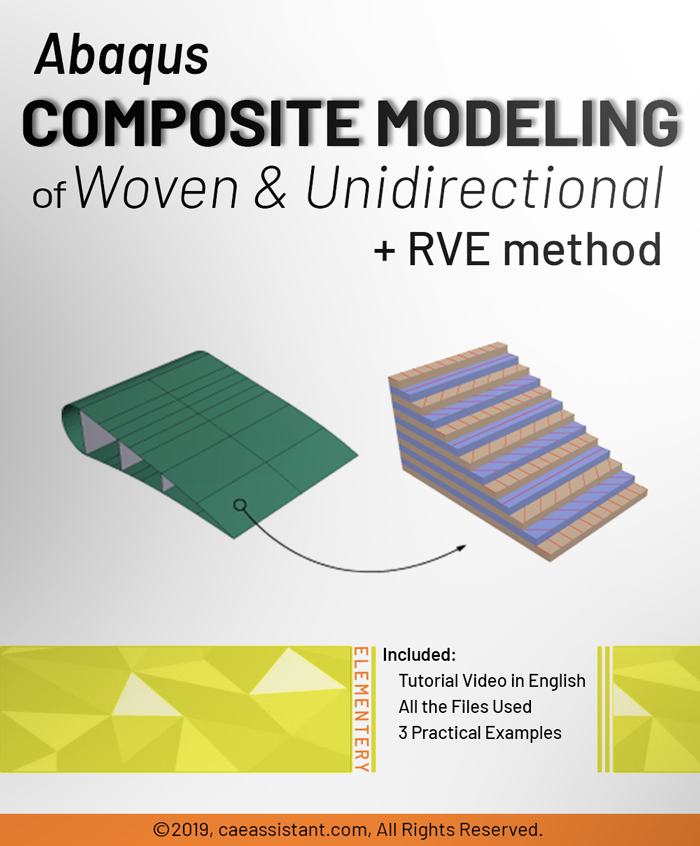
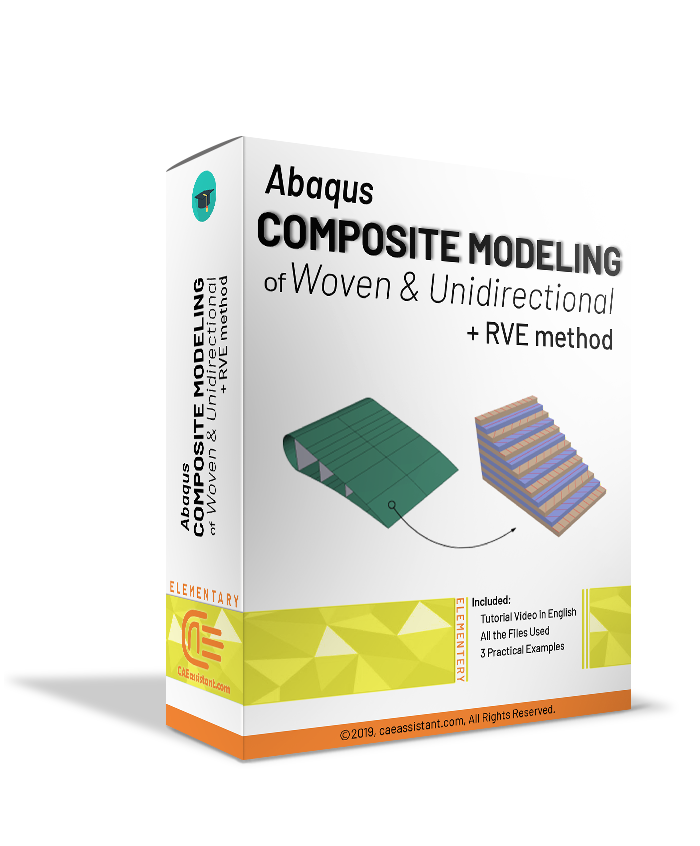
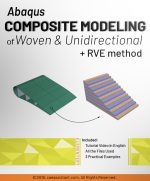
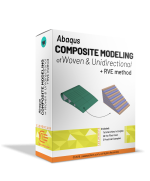
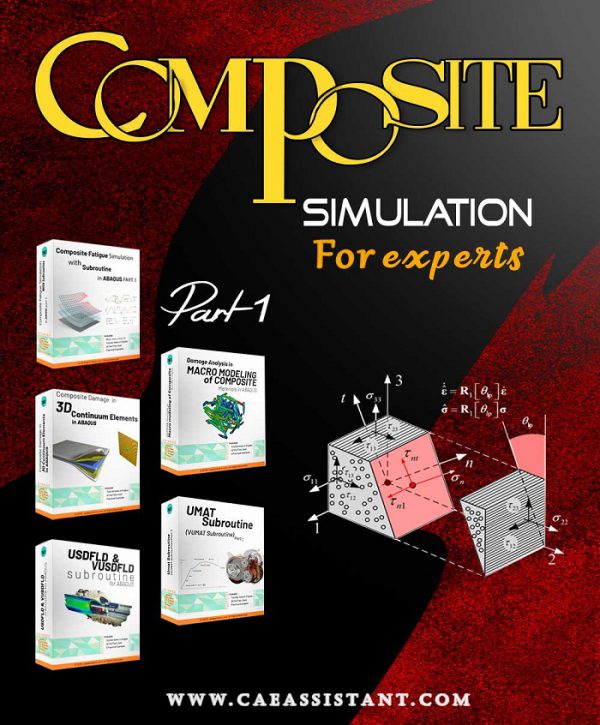
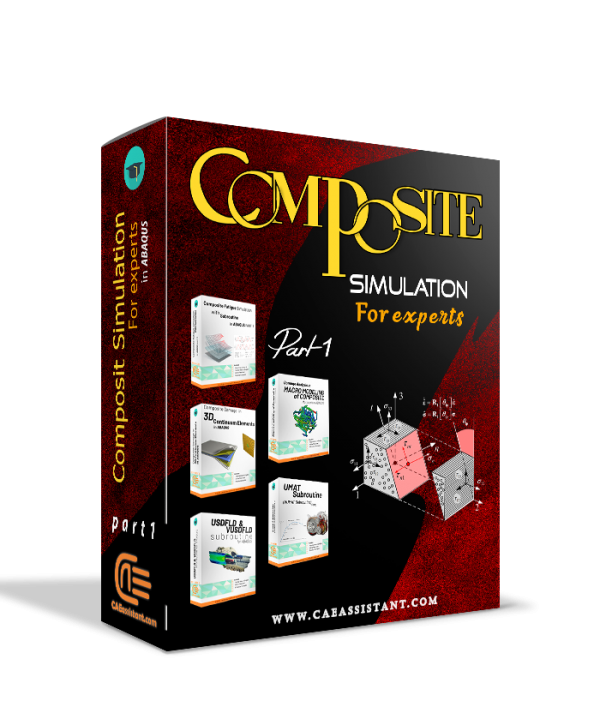
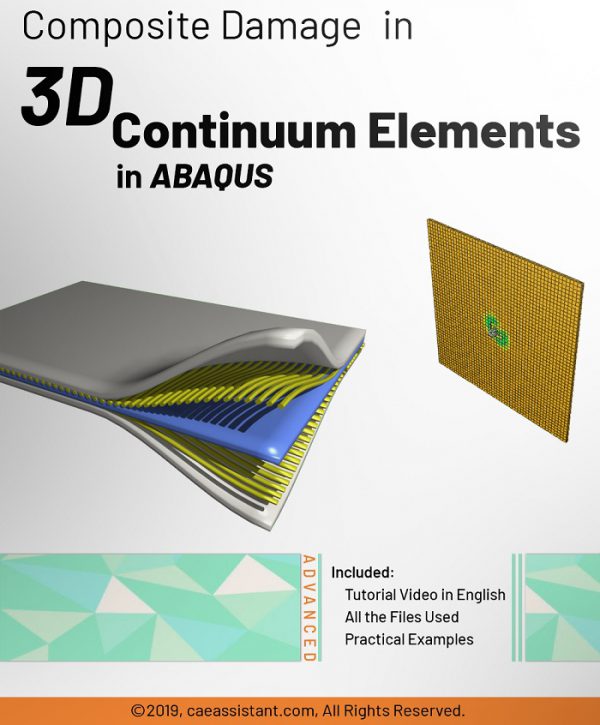
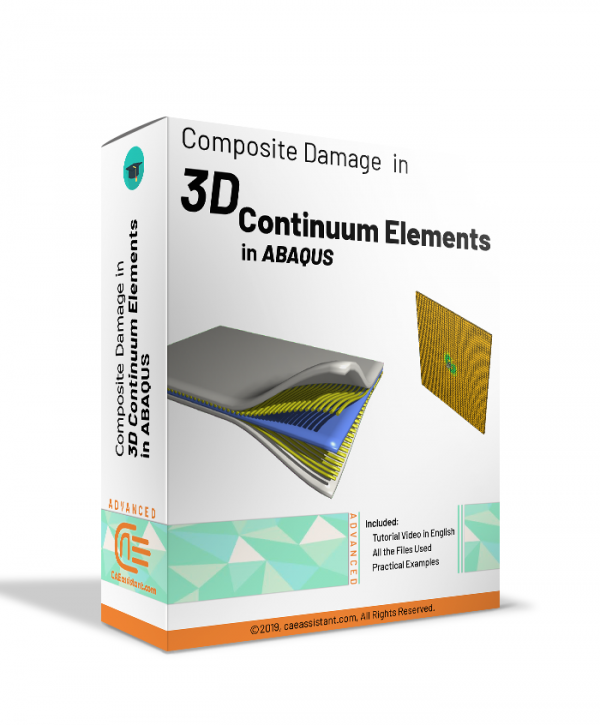
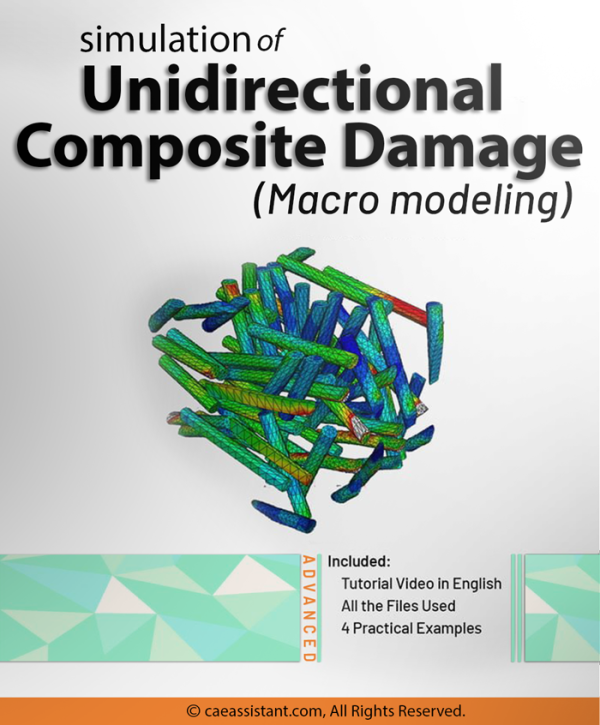
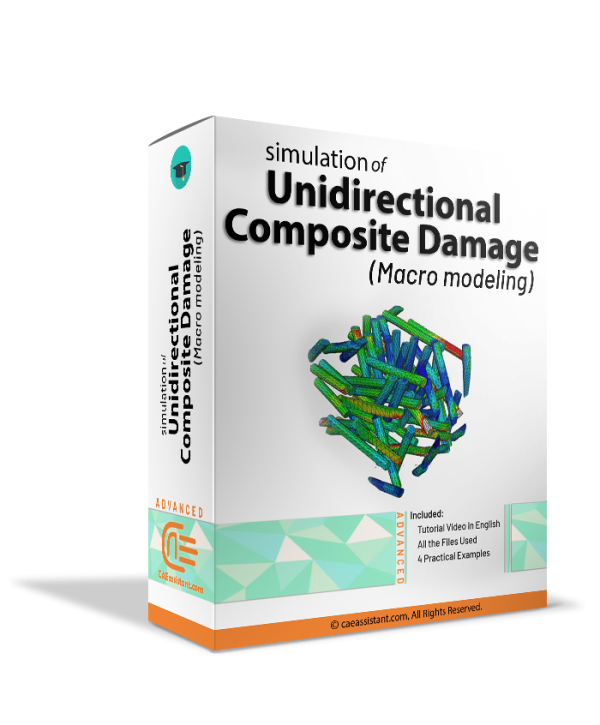
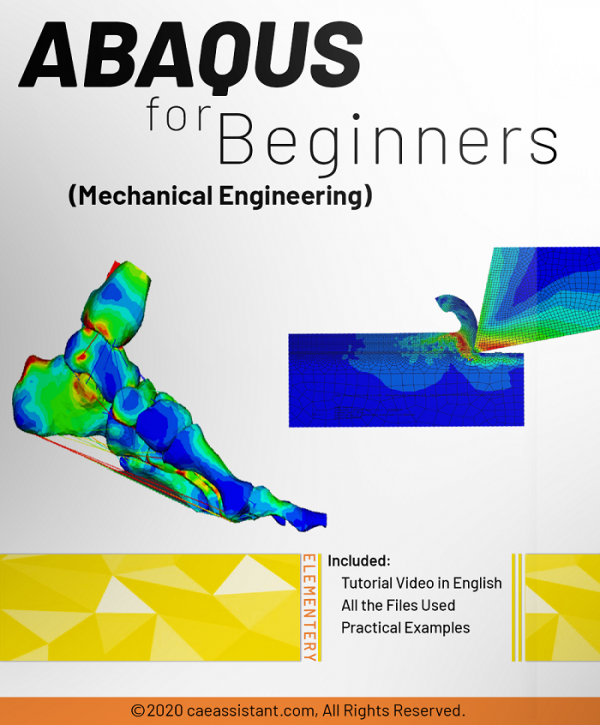
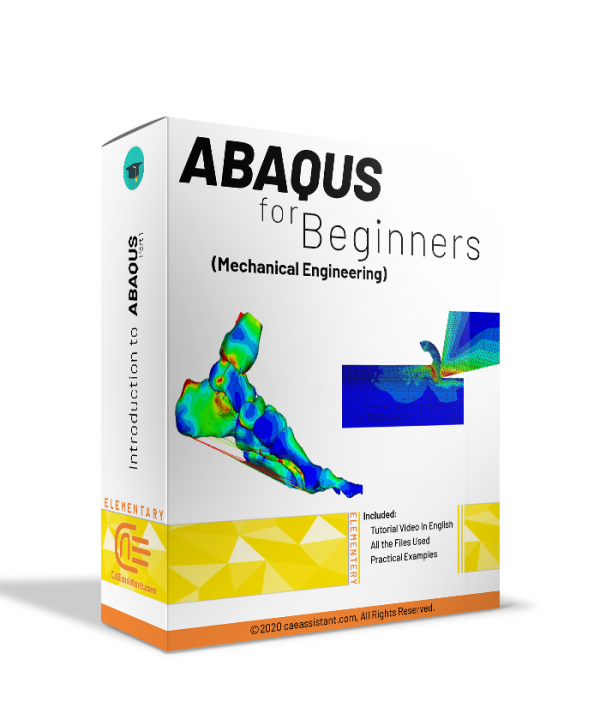
Adriana –
This educational package was incredibly useful and provided me with a deeper understanding of how to simulate composite materials in Abaqus. The lessons were clearly explained and the learning process was structured in a very accessible way. However, I am now looking for resources to explore specific and advanced features of composite materials.
Mihai –
The ‘Introduction to Composite Materials in Abaqus’ package was well-designed and provided me with a deeper understanding of modeling and analyzing composite materials. The educational content was particularly useful for nonlinear analysis and complex modeling. As I am now familiar with the fundamentals, what additional resources or recommendations do you have for learning advanced techniques and handling more complex analyses?
Daniel –
The content of the ‘Introduction to Composite Materials in Abaqus’ package was incredibly helpful and educational. It enabled me to effectively model and analyze composite materials. The practical examples and real-world scenarios included were particularly beneficial. I am now working on personal projects using the knowledge gained from this package. Is there an option for receiving feedback or consulting with an expert regarding these personal projects?
Gabriela –
The educational package ‘Introduction to Composite Materials in Abaqus’ was truly outstanding. The content was detailed and clear, covering all the fundamental aspects of composite material modeling and analysis. I found the hands-on exercises and suggested projects particularly useful for reinforcing my practical skills. As I am now familiar with the basics, are there opportunities to receive more exercises or advanced projects to further enhance my practical skills and application knowledge?
Irina –
I recently purchased the ‘Introduction to Composite Materials in Abaqus’ package and I must say that I am extremely satisfied. This package helped me gain a comprehensive understanding of composite materials and how to model and analyze them using Abaqus. The instructional content was presented in great detail, and the practical examples provided were incredibly helpful for grasping various concepts quickly. Now that I have mastered the basics, I am looking for additional resources to learn more advanced techniques and handle more complex projects.
Cristian –
The training provided in the ‘Introduction to Composite Materials in Abaqus’ package was thorough and practical, allowing me to approach composite material modeling and analysis with greater confidence. Since I have mastered the basic concepts, I am interested in any advanced webinars or further educational opportunities you may offer. Do you have plans for additional training sessions or advanced courses in this area that I could attend?